How to reduce shipping costs: An effective guide for businesses
Do high shipping rates eat away your profit margins? Okay! Reducing expenses shouldn’t ever be difficult or compromise the level of service being provided. How would you feel if I told you there is a way to lower costs simply by employing smart technology, switching your carrier, or changing the way your products are packaged? Sounds good! right? Definitely, it is.
In this blog post, we will reveal how to minimise logistics costs and certify that your business remains competitive in the market while still maintaining high product quality. Let’s save money together!

6 Effective Ways to Reduce Shipping Costs
1. Focus on packaging practices
Optimizing your packaging strategies is imperative to keep your goods safe during the international journey and also save on shipping costs. Always make use of appropriate weight robust carton boxes that are likely to withstand the difficulty of being shipped for long distances. The boxes should be lightweight but strong enough to enable maximum protection.

To increase safety, use sufficient internal cushioning such as bubble wrap, foam inserts, or air pillows inside the boxes to prevent them from being damaged. Packing tape can be used to properly seal the carton boxes followed by labeling the boxes with the required shipping information to help in reducing any chances of delays alongside with wrecking of the items.
You also have to make sure your goods are closely packed for easy handling. Keep in mind that oversized boxes will not only charge extra but could also incur dimensional weight penalties. Indeed, research indicates that in many cases, repackaging resulted in a 10% to 20% reduction in shipping costs.
2. Avoid extra fees with smart insurance and accurate billing
Through insurance and efficient billing, unnecessary shipping costs may easily be eliminated. You must take into consideration whether you need the insurance provided by the carrier or not. If the shipment is of lesser risk or of a particular value, it could be skipped or opted for a third party which is typically up to 50% lesser in cost.

Then, turn your attention to precise billing. For instance, you must verify the package measurements, and delivery details before shipment. Errors in these areas can incur excessive costs such as additional dimension weight and/or address change fees. Moreover, incorrect shipping information may increase total charges from 10-15%.
3. Save on shipping supplies and labels
By considering the supply and labels used, you can make major savings. For a start, attempt to conserve as much as maybe by using previously used boxes, bubble wraps, and other packing materials, this not only saves money but is also eco-friendly. Furthermore, some shipping requirements such as packing materials are provided free by some carriers for selected services, so, use such options.
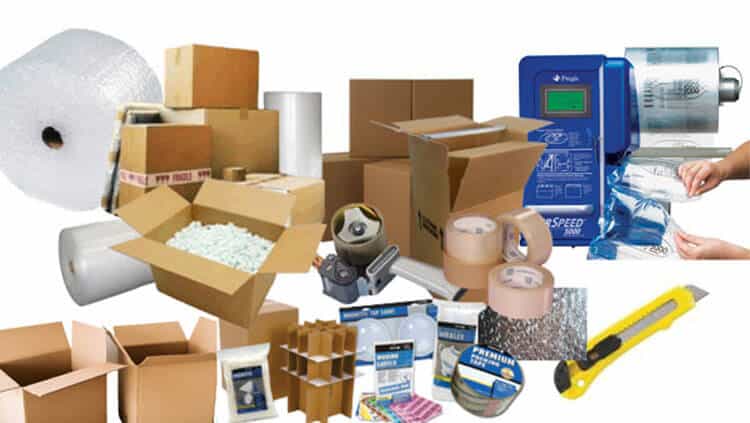
As for the labels, you have to print by yourself in spite of third-party aid, it could be a great money-saving step. A thermal label printer for instance has the benefit as it removes the need for ink as well as reducing paper costs, In addition to this, around 20% can comfortably be saved by buying some packing materials such as boxes and tape in bulk.
4. Use shipping technology and tools
Compare rates: Various shipping programs can assist in assessing the rates from different carriers and allow you to pick the most economical one by weight, size and destination.
Automate label printing: Numerous tools enable you to speed up the label printing process and minimise the chances of mistakes.
Integrate order management systems: This will help in arranging the delivery in a better way within a reasonable time while managing the stock so that there are no chances of mistakes and time delays.

Use advanced tracking with real-time trackers: Real-time tracking devices can be used to make certain that people are able to view their shipments at every point in time. Thus, avoid losses and ensure that packages are delivered on time.
Leverage shipping analytics: Various data analytic tools can be deployed to monitor how shipping is done, how finances can be cut down and how items can be repositioned during delivery.
5. Explore cost-effective shipping methods and alternatives
Choosing a shipping method depends on your needs in terms of urgency, the size of the shipment, and the budget. The following is a breakdown of the shipping methods to aid in the selection of the ideal mode of transport:
i) Ground Shipping: For Domestic and Regional Shipments
Ground shipping can be done at cheaper rates for local and domestic deliveries eg: non – urgent parcels.
- Domestic Rates: $2-$6 up to $7 and especially $15 per kg from small, and medium packages with heavier items up to 6 kg to 15 kg approximately.
- International Rates: Different countries and distance charges an international rate of $5-$10 per Kg.
Since they are not time bound and considering ground shipping is much cheaper even when moving internally even though it is slower than air.

ii) Air Shipping: When delivery is urgent
This option is appropriate for the delivery of goods that are time-bound or delicate in nature, including food, medical supplies, or even important company documents.
- Domestic rates: $5-$10 per kilogram for standard air freight, expedited is $15-$30 per kilogram.
- International rates: $20-$50 per kilogram standard air freight, more for expedited and for heavier weight items.
If your main concern is time rather than cost, this option is the ideal one as it generates higher costs to ensure quick delivery. You can contact us to get affordable pricing options.
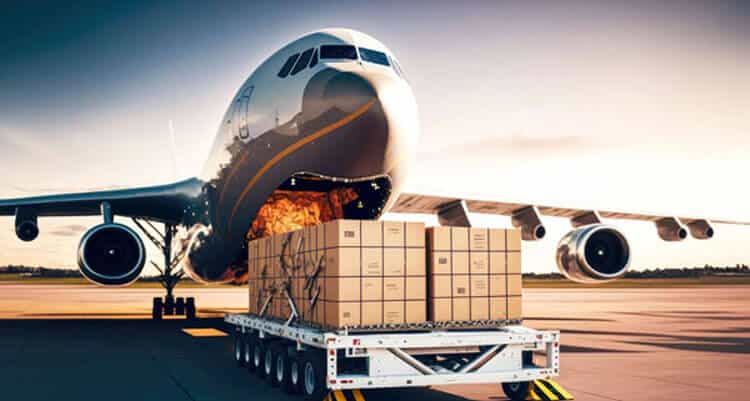
iii) Freight Forwarding: For Specialized and Heavy Shipments
When handling large or heavy shipment that requires special handling and consolidation freight case forwarding is a powerful direction.
- If the domestic Package is Lower than Truckload LTL it is charged $1.50-3 per KG while bulk shipment can be as $5-$8 all the way to $10 per KG.
- International bulk ocean freight costs around $2 and $5 per KG; if sending air freight it’s between $10 and $30 per KG.
This will work for businesses that need to send out a large volume of goods or are looking to receive a complete package of logistic solutions.
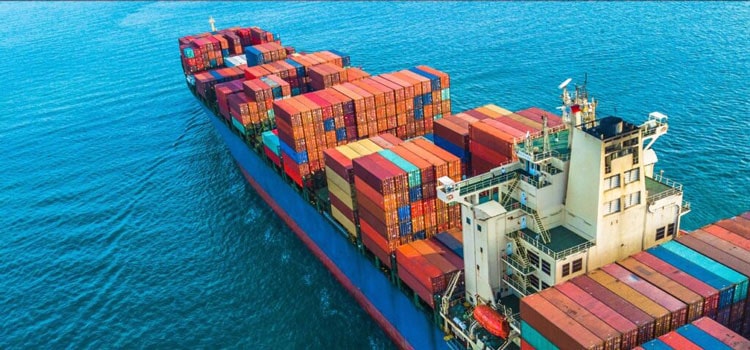
iv) Sea Freight (For Bulk Shipments Where Time Is Not A Factor)
Sea freight should be utilized in the transportation of goods that are of high volume and not time-sensitive and are being shipped overseas as it offers the most affordable rates. Inevitably, goods like raw materials, heavy machinery and even bulk stock fit the description perfectly.
- Full Container Loads (FCL): Cost per kilogram is between $0.50-$2 based on the route selected.
- Less Than Container Loads (LCL): costs $2-$4 per kilogram.
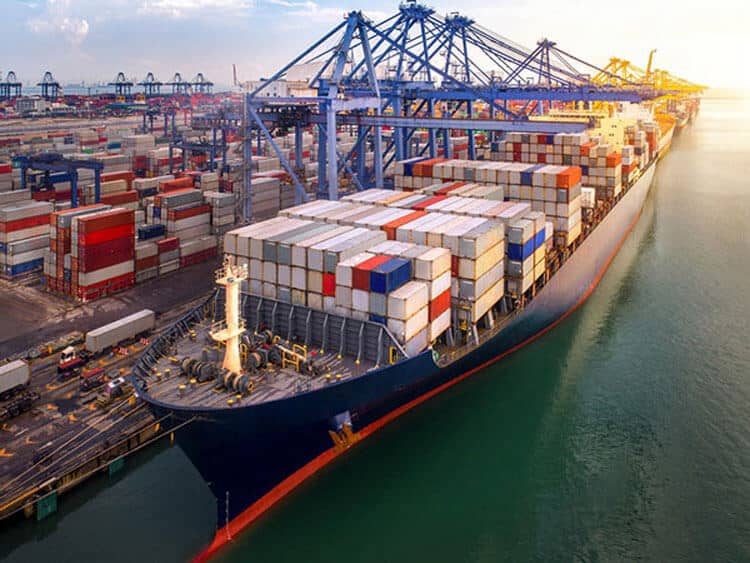
v) Postal Services (As Used for Small Parcels)
For small, lightweight goods and documents, both local and international the inexpensive method is postal services.
- Domestic Rates: Up to $3 for first class mail, $6-$12 per KG for Priority.
- International Rates: Up to $15 to $30 local rate for small parcels and escalate according to the size and weight increasing the packages.
So, if you are cost-sensitive and do not require delivery at the earliest, postal services should be your ideal choice.

6. Hire a Freight agent
If you want to minimize the shipping costs to a greater extent then you must have to think about hiring a freight agent. Let’s see why you have to do so!
+ Cost Saving: By using their network and knowledge, freight agents assist you in lowering your shipping expenses by negotiating better prices with the carriers.
+ Expertise They are acquainted with the best shipping routes, customs laws and the most efficient carriers to use for ensuring your goods are delivered promptly to the right place.
+ Bulk Discounts: High volume orders and long-standing contracts with carriers enable freight agents to provide you with less expensive shipping rates.
+ Off-Season Booking: They schedule the delivery of containers outside of the peak periods thus making it possible for them to offer the services at a lower cost as well as ensure availability during peak times.

+ Customs handling: Freight forwarders have various contacts in customs and therefore can assist you in eliminating extra payments, better managing the paperwork and getting the international shipments approved quicker.
+ Paperwork Management: They take care of all shipping documents on your behalf whilst ensuring compliance with the law to prevent delays or penalties from incurred from missing or false documentation.
+ Shipment Merge: Freight brokers can reduce overall shipping expenses by combining several shipments into a single delivery and using a larger container to minimize the overall freight.
If finding a remarkable freight agent has ever been your goal, try out Winsky Freight. We guarantee shipping at comparatively low rates and remarkable expert solutions, in addition to lucrative offers.
Additionally, we optimize our schedule by placing orders during less busy times in order to deliver as scheduled and avoid paying more during peak seasons. Also, we take care of all the paperwork and procedures needed for shipping goods from another country, which saves you time and money.
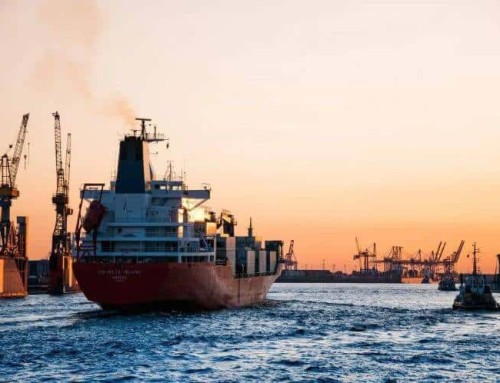
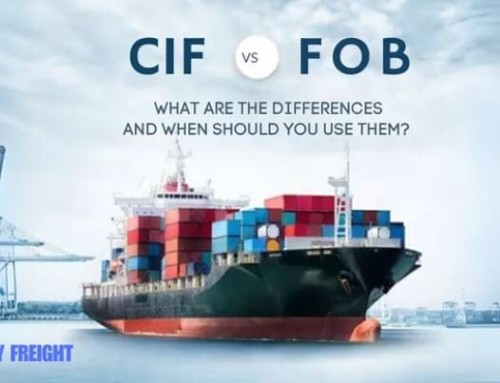
Leave A Comment